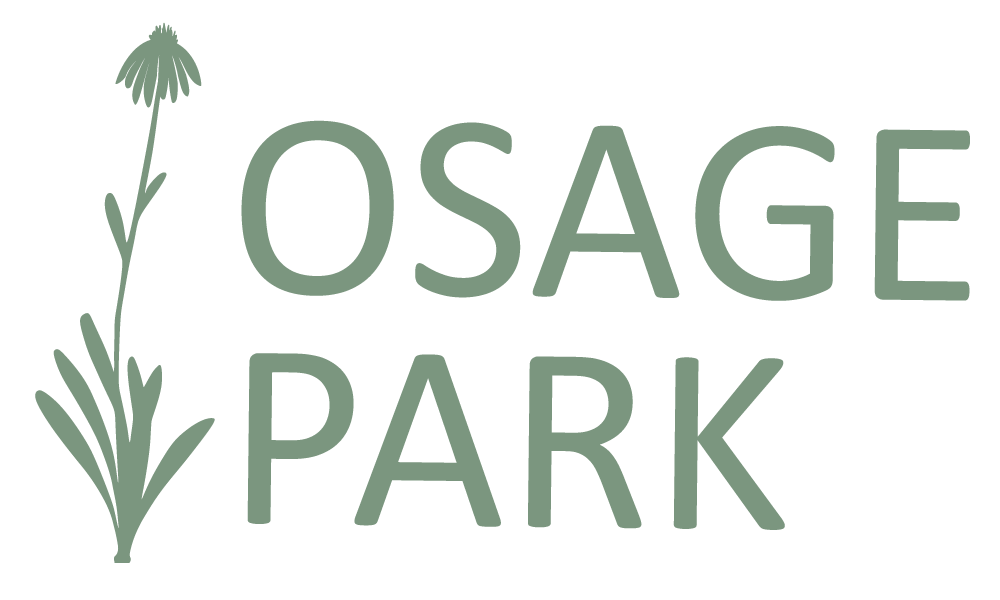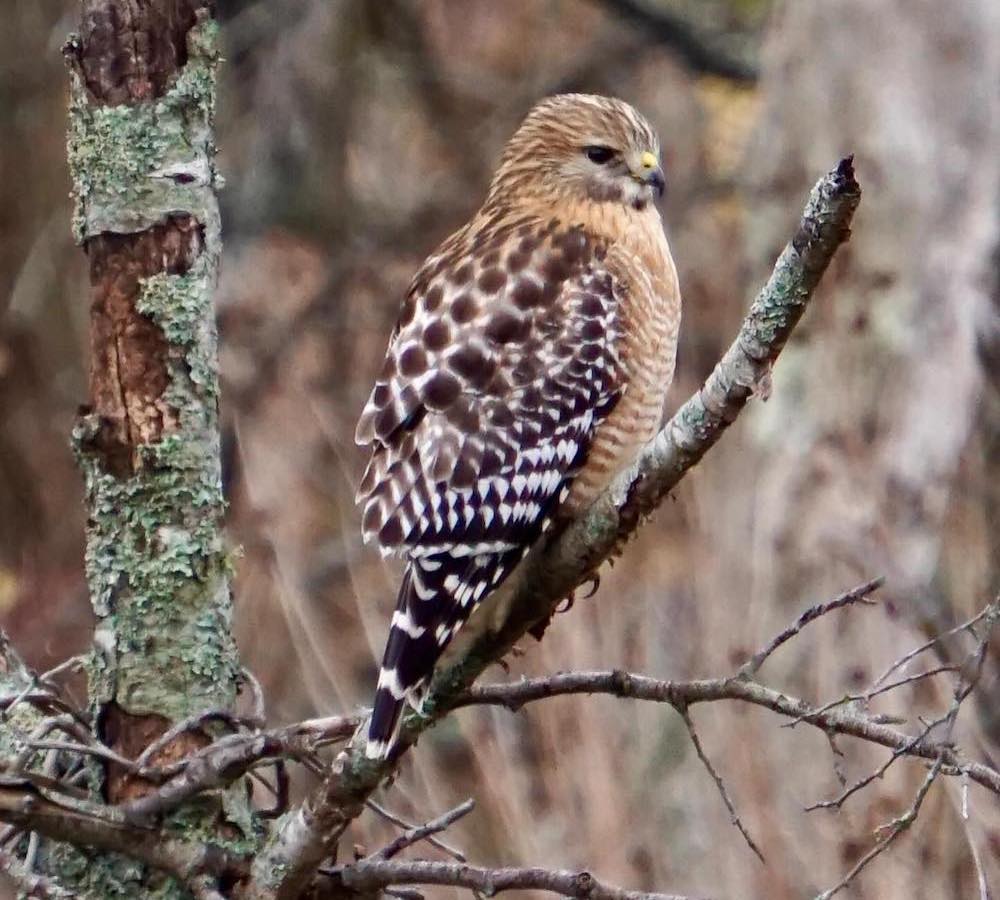About
Osage Park

Osage Park is the ultimate urban park full of natural experiences and recreational adventures. Access our floating boardwalks around the park’s 12-acre wetland ecosystem or try out the unique programming at The Quiver Archery Range.
The mission of Osage Park is to offer an unique urban park full of natural experiences, recreational adventures, and inspiring surroundings that take flight.
We aim to connect the community to flight, Ozark wetlands, and outdoor recreation.
This space is provided by the Peel Compton Foundation, whose mission is to connect the community through nature, education, recreation, and preservation.

The Osage Nation
When you are at Osage Park, you are standing on the traditional, ancestral lands of the Wah-Zha-Zhe or Osage. Osage Park is named after the Osage Native American tribe who during the late 17th century inhabited large areas now known as Missouri, Kansas, Oklahoma, and Arkansas.
The original name Ni-u-kon-ska translates to “People of the Middle Waters,” which embodies the Osage world view described by Francie La Flesche who was an early Indigenous ethnographer focused on the Osage and Omaha in the late 1800s and early 1900s.
Much of the restoration, conservation, and rehabilitation of landscapes in Osage Park supports all living beings, as La Flesche’s thoughts describe:
Wa-kon-da is the name applied by the Osage Natives to the mysterious, invisible, creative power, which brings into existence all living beings of whatever kinds. These Native Americans believe that this great power resides in the air, the blue sky, the clouds, in the stars, the moon, the sun, and the earth, in all things, and keeps them in motion. Sometimes an Osage Native speaks of a tree, a rock, or a prominent hill as Wa-kon-da. But when asked if his people had a great number of Wa-kon-da, they reply, “Not so, there is but one Wa-kon-da and his presence is in all things, and he is everywhere. We say a tree is Wa-kon-da because in it also Wa-kon-da resides.
Wahzhazhe Cultural Center’s Mission
“To ensure the survival of the Wahzhazhe nation of people, we will share, preserve, and celebrate the values, teachings, and tribal ways that our elders entrusted to the present and future generation. Our Strength will come from the commitment of our Wahzhazhe people and the knowledge that the Wahzhezhe nation is blessed by Wa-Kon-Da.” The Osage are a Nation and community of over 20,000 people with an evolving history.
History of the Property
Stepping back about 8,000 years ago prairies and woodland savannahs started to dominate this area as the climate became dryer. The burning of the land by indigenous people helped to maintain these prairie and woodland savannahs even as the climate approximately 4000 years ago saw more rain, promoting tree growth. In present day Northwest Arkansas if one stops managing woody plants will eventually take over the space.
We are in the Springfield Plateau Ecoregion near the center of the Osage Prairie, which was historically one of the largest tallgrass prairies in northwestern Arkansas. This prairie was more than 9,000 acres in extent at the time of the General Land Office survey in the early 1830s. The park was once pasture or hayfield but was apparently abandoned around 2000 and left to go through uninterrupted succession until construction of the park began. The park to the left of the boardwalk was taken down to bare soil and seeded with native grasses and wildflowers typical of the tallgrass Osage Prairie. The park to the right of the boardwalk was left mostly untouched save for the building of the boardwalk.
TIMELINE
2021
Osage Park officially opened to the public.
